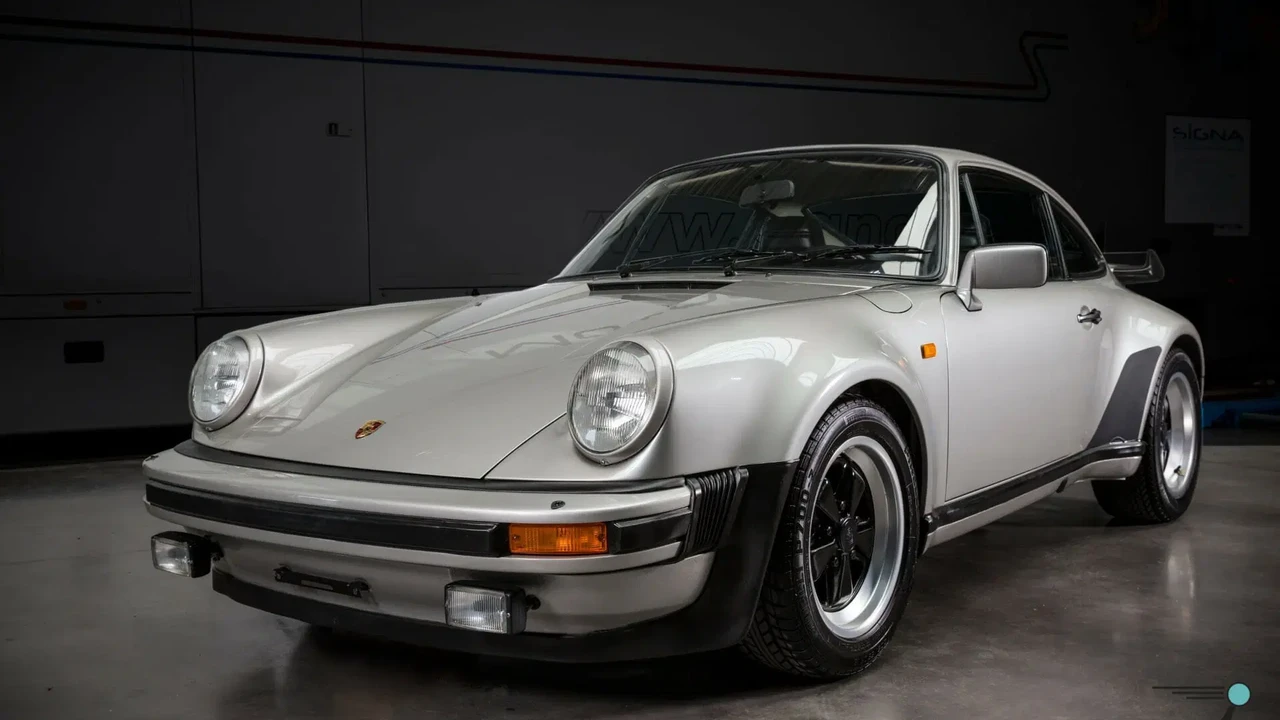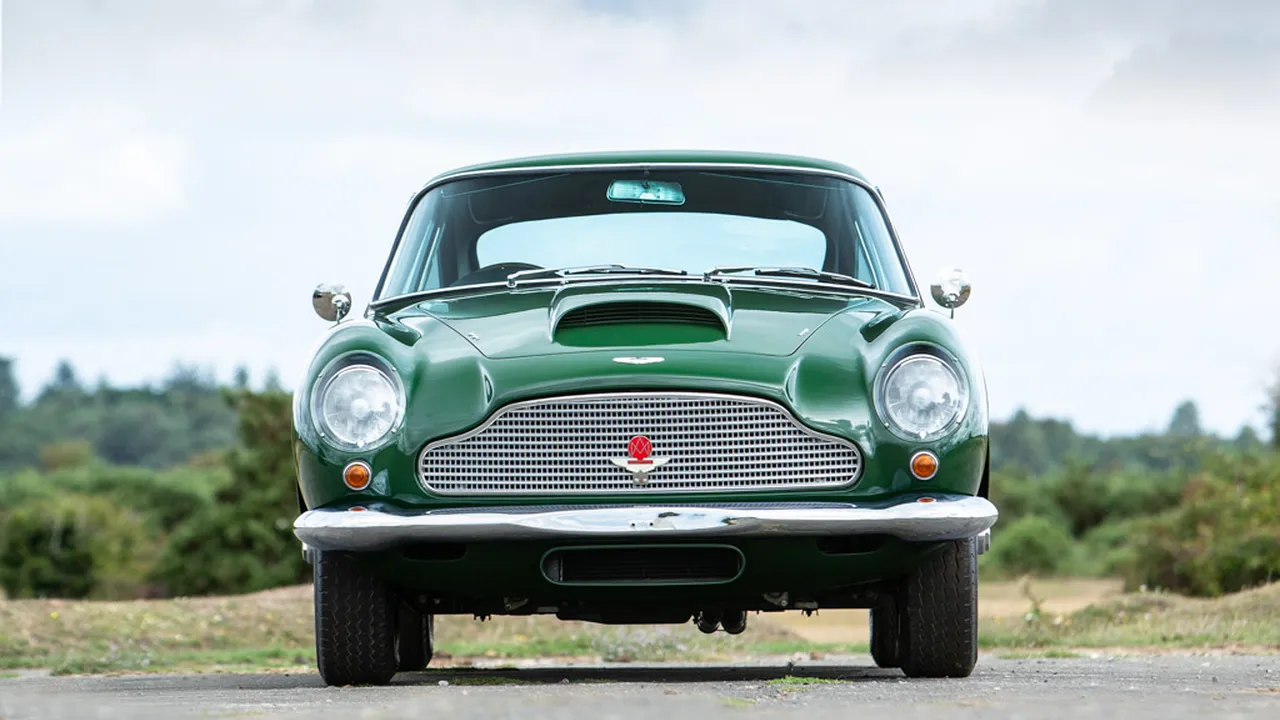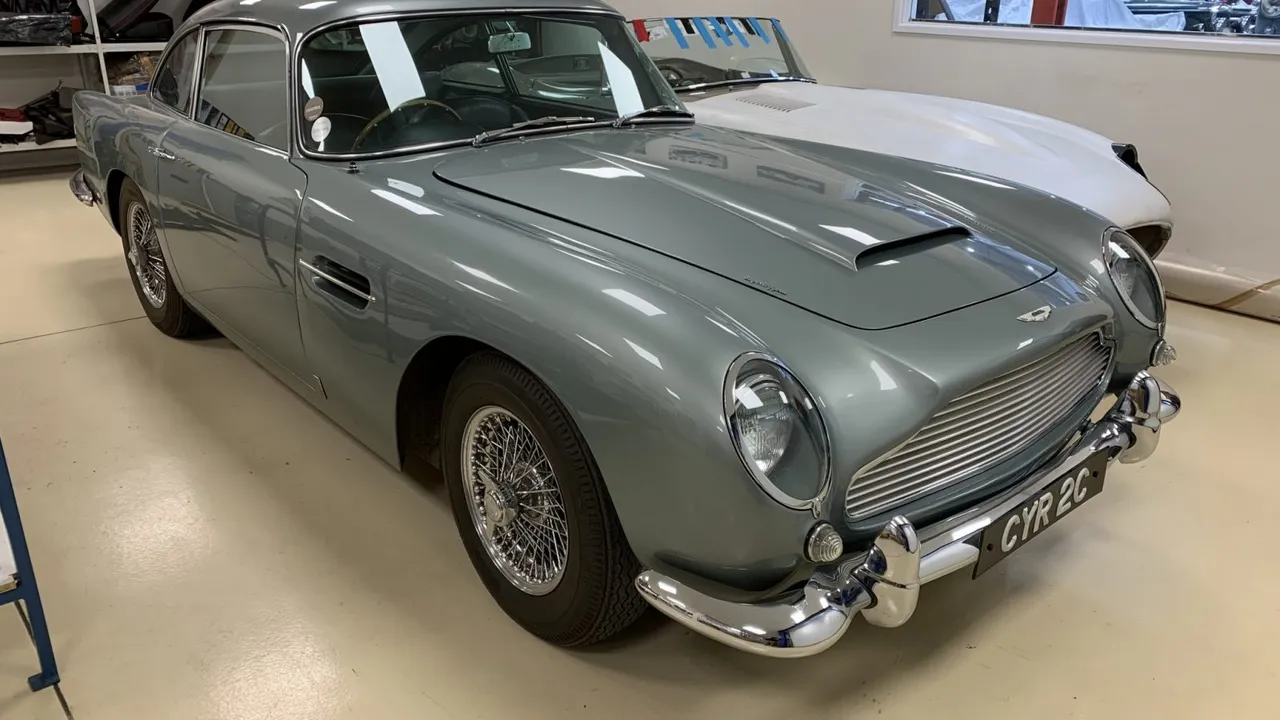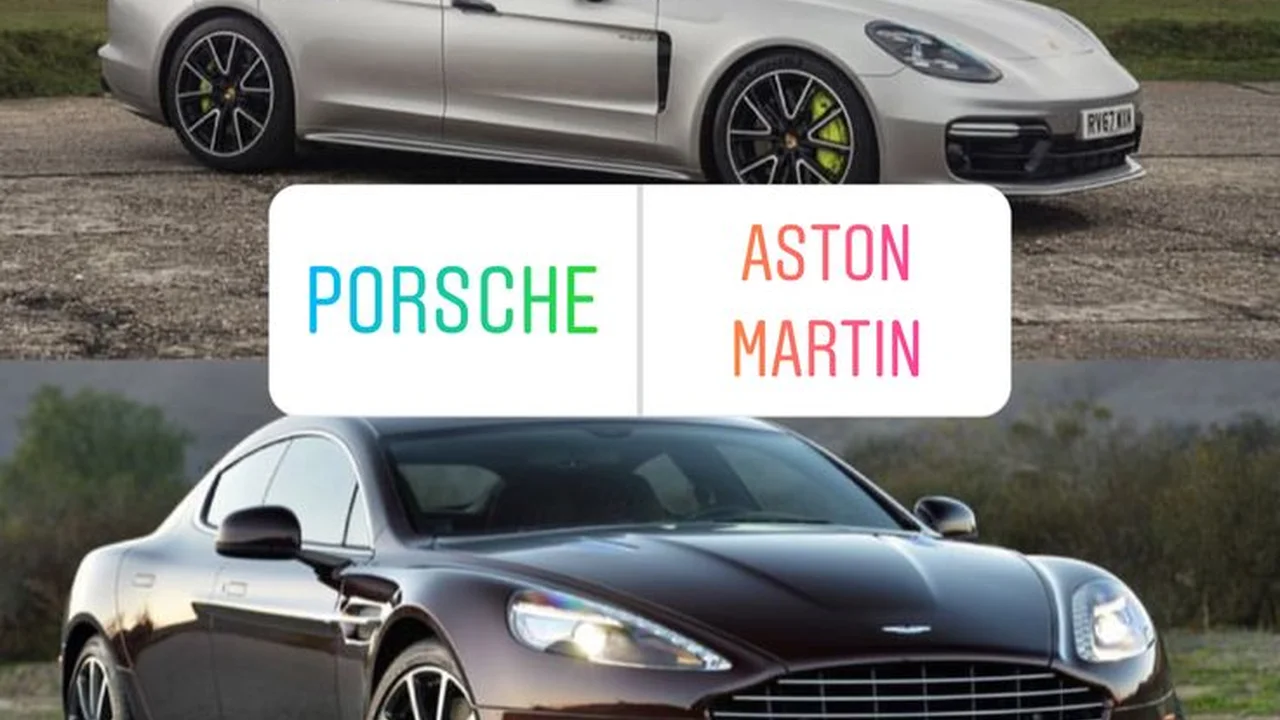5 Reasons Why the Porsche 930 Turbo is a True Classic
Explore the 5 key reasons why the Porsche 930 Turbo remains a highly sought-after classic. Understand its performance, design, and legacy.

Porsche 930 Turbo The Birth of a Legend and its Turbocharged Performance
The Porsche 930 Turbo, also known as the 911 Turbo, isn't just a car; it's a statement. Introduced in 1975, it represented Porsche's foray into forced induction, forever changing the landscape of sports car performance. Before the 930, turbocharging was largely confined to racing. Porsche, however, saw its potential for street cars, and the 930 was the result. It was an instant hit, combining the iconic 911 silhouette with a raw, untamed power that was unlike anything else on the road. The initial models packed a 3.0-liter turbocharged flat-six engine, producing around 260 horsepower. While that might sound modest by today's standards, in the mid-70s, it was a game-changer.
The Iconic Whale Tail Spoiler A Design Statement and Aerodynamic Advantage
One of the most recognizable features of the 930 Turbo is its 'whale tail' spoiler. It wasn't just for show; it was a functional piece of aerodynamic engineering. At high speeds, the whale tail generated significant downforce, improving stability and handling. This was crucial considering the car's tendency to oversteer, a characteristic affectionately (or not so affectionately) known as 'the widowmaker.' The whale tail evolved over the years, becoming larger and more pronounced on later models, culminating in the even more substantial 'tea tray' spoiler of the 3.3-liter cars. Beyond its functionality, the whale tail became a defining design element, instantly recognizable and synonymous with the Porsche 930 Turbo.
Unfiltered Power and the Turbo Lag Experience A Thrilling Driving Dynamic
Driving a 930 Turbo is an experience unlike any other. The turbo lag is legendary. You plant your foot, and for a brief moment, nothing happens. Then, all hell breaks loose. The turbocharger spools up, delivering a massive surge of power that throws you back in your seat. This on-off power delivery can be challenging to manage, especially in the corners, but it's also what makes the 930 so thrilling. It demands respect and rewards skillful driving. It's a visceral experience that connects you to the car in a way that modern, more refined turbocharged cars simply can't replicate. The raw, unfiltered power is part of the 930's charm. It's not about clinical precision; it's about taming a beast.
The 930 Turbo's Interior A Blend of Luxury and Sporty Functionality
Step inside a 930 Turbo, and you're transported back to the 1970s and 80s. The interior is a blend of luxury and sporty functionality. Leather seats, a thick-rimmed steering wheel, and a no-nonsense dashboard create a driver-focused environment. While not as opulent as some luxury cars of the era, the 930's interior is well-appointed and comfortable enough for long journeys. The gauges are clear and easy to read, providing all the essential information you need. Over the years, Porsche offered various options for the interior, including different colors, materials, and features. However, the basic layout remained consistent, maintaining the car's classic character. Finding a 930 with a well-preserved interior is a bonus, as these cars have often seen a lot of use.
Investment Potential and the Rising Value of Classic Porsche 930 Turbos
The Porsche 930 Turbo has become a highly sought-after classic, and its value has been steadily increasing in recent years. Several factors contribute to its investment potential. Firstly, its iconic status and historical significance make it desirable to collectors. Secondly, its relative rarity, especially for early models and those in excellent condition, drives up demand. Finally, the increasing interest in classic cars, in general, has boosted the value of the 930 Turbo. If you're considering investing in a 930 Turbo, it's essential to do your research. Look for well-maintained examples with documented history. Pay attention to originality, as cars with original parts and features tend to be more valuable. Be prepared to pay a premium for pristine examples, but remember that even cars in need of some restoration can be a good investment if the price is right.
Recommended Products and Accessories for Your Porsche 930 Turbo
Owning a classic like the 930 Turbo often involves sourcing specific products to maintain and enhance the car. Here are a few recommendations:
- Oil: For optimal engine protection, consider using a high-quality synthetic oil specifically designed for classic air-cooled Porsches, such as Motul Classic Oil 20W-50. A 5-liter container typically costs around $60-$80.
- Tires: Classic Porsches benefit from tires that offer both grip and period-correct aesthetics. The Michelin TB15 is a popular choice, priced around $300-$400 per tire.
- Car Cover: To protect your 930 from the elements when stored, a custom-fit car cover like the those offered by Covercraft is essential. Prices range from $200-$500 depending on the material and features.
- Performance Exhaust: For a more aggressive sound and a slight performance boost, consider a stainless steel exhaust system from brands like Bursch or Danske. These can cost between $1000 and $3000.
- Turbo Boost Gauge: A must-have for monitoring turbo performance, especially if you are tuning the engine. VDO offers a classic-looking boost gauge for around $100-$200.
Comparing Different 930 Turbo Models and Years
The 930 Turbo evolved over its production run, with different models and years offering varying characteristics. Here's a brief comparison:
- 1975-1977 (3.0-liter): The original 930 Turbo, known for its raw power and turbo lag. These are highly collectible and command a premium. Expect to pay upwards of $150,000 for a well-maintained example.
- 1978-1989 (3.3-liter): The later 930 Turbos featured a larger 3.3-liter engine with an intercooler, resulting in improved performance and reduced turbo lag. These are generally more user-friendly than the earlier models. Prices range from $100,000 to $200,000 depending on condition and mileage.
- Slantnose (Flachbau): A rare and highly desirable option, the slantnose 930 featured a distinctive sloping front end. These are among the most valuable 930 Turbos, often fetching prices well above $300,000.
Ultimately, the Porsche 930 Turbo is more than just a car; it's a piece of automotive history. Its iconic design, thrilling performance, and growing investment potential make it a true classic that will continue to be admired for generations to come.
:max_bytes(150000):strip_icc()/277019-baked-pork-chops-with-cream-of-mushroom-soup-DDMFS-beauty-4x3-BG-7505-5762b731cf30447d9cbbbbbf387beafa.jpg)






